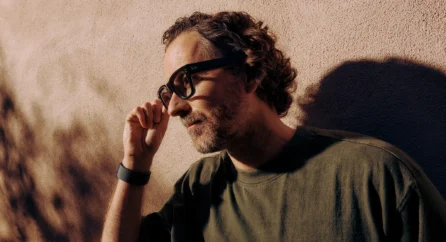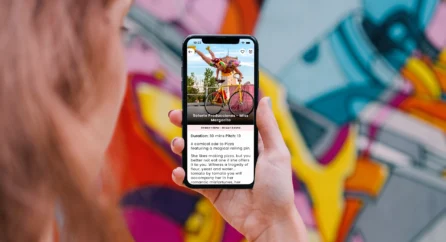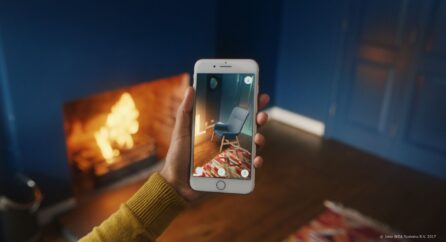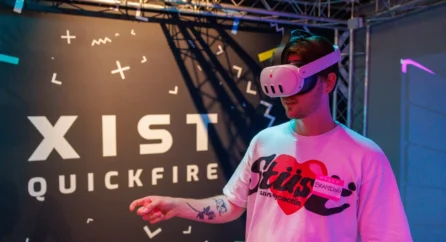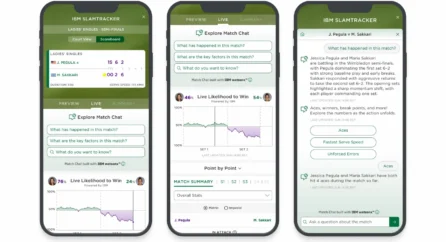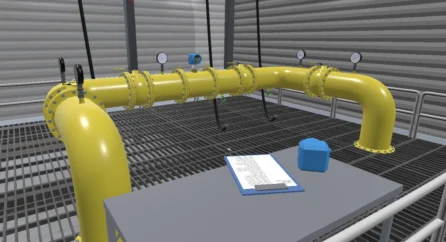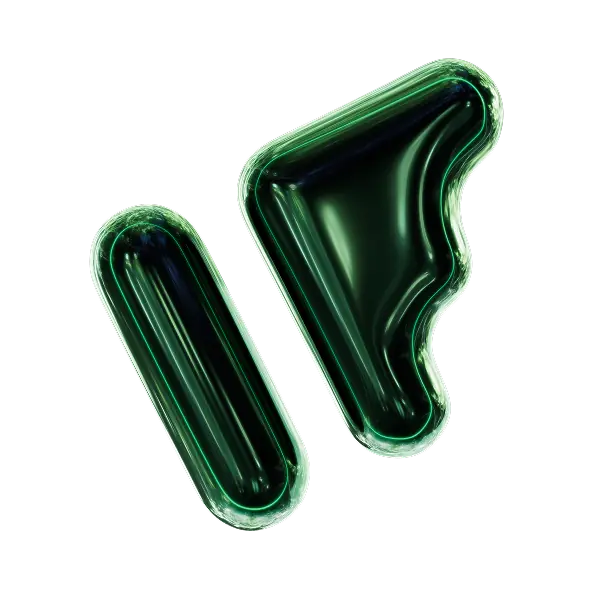Home Knowledge Base The case for immersive accessibility tools
The case for immersive accessibility tools
1st February 2022

When people think of accessibility aids, they will often think of wheelchairs, crutches, and things such as hearing aids, they probably don’t think of glasses and almost definitely don’t think of VR or AR headsets.
A view of what is out there
Perhaps they should, VR apps like Spatial are already being used as an alternative to Zoom calls to allow for more meaningful digital interaction, which could easily be used to provide social care for those that are homebound or with physical disabilities that make leaving the house difficult. There have been a number of incredibly promising studies on the use of Virtual Reality as a therapy tool, immersion therapy especially, VR can provide a safe, close to life approximation of the situation that they are adverse to. There is still a great deal more being done on a small scale such as the Visual field loss studies being done in VR by Dr Jordi Asher and the University of Essex. Using VR to create a virtual test environment and replicate the experience of a person with a blindspot both with and without their proposed assistive window.
Looking into the future of visual aids
The goal for the study is to eventually create this assistive window in AR so that people could walk through crowds safely without risk of falls or collisions, and ultimately they hope to be able to give people with visual field loss the ability to drive safely. It’s easy to see how this mixed reality visual aid could benefit many people with the ability to provide depth and measurement warnings, terrain overlays, and other visual prompts. It’s not just visual disabilities that XR glasses could help, someone with hearing loss could have closed captions over their day-to-day conversations alleviating the need for archaic and often poorly designed hearing aids.
The market decides
Experimental technology is costly to develop and medical grants only go so far, so there is often a pressure to present a more profit friendly use case and as such the base of this tech will likely trickle down to the average consumer, most likely in the form of mixed reality translation subtitles and some navigation tools projected over the real world. Making our world more virtual could let a whole new group of people participate on an even playing field.

Niky Ellison
After moving from town to town in the south of England, Niky found his way to Norwich and then to Infinite Form. Alongside studying Brand Communication at UCA he has busied himself with everything from consulting for non-profits to being a children's entertainer. Niky spends most of his spare time playing & creating tabletop games, and is a big supporter of mental health.
Related posts





